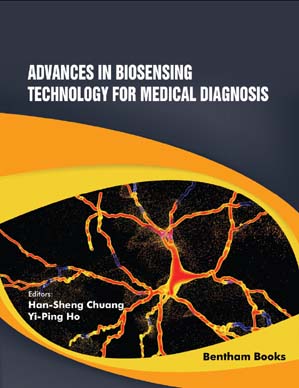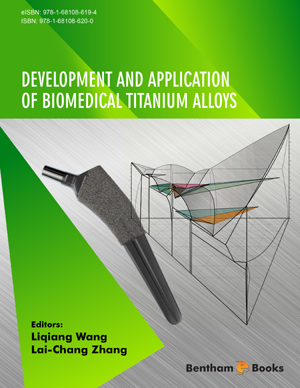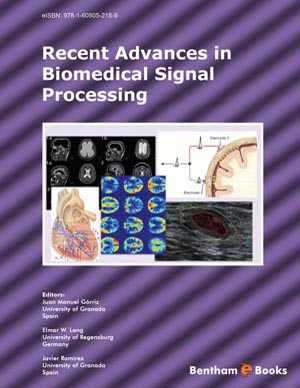Abstract
Conventional microfluidics handles liquids in a continuous fashion in microchannels. It has been widely adopted in bioanalysis for its many advantages including the ability to manipulate single cells. The footprint of the conventional microfluidic chip is small. However, it requires sophisticated external control and sensing systems to function, which limits the applications of conventional microfluidics to the laboratory environment. For point-of-care applications in the resource-limited environment, standalone diagnostic platforms, such as digital microfluidics-based platforms, are more desirable. Digital microfluidics manipulates fluids in discrete volumes in the form of droplets. In this chapter, we introduce the principle of digital microfluidics and focus on the two main forms of digital microfluidics that are actuated by the magnetic force and the electrowetting on dielectrics. We will discuss the actuation mechanisms in details and compare the pros and cons of the two most popular digital microfluidic platforms. We will also look into the applications of the digital microfluidics in biosensing and diagnostics. Example of digital microfluidicsbased nucleic acids, proteins and cells analysis will be deliberated with a focus on the suitability of those assays on digital microfluidic platforms for point-of-care applications.
Keywords: Biosensing, Digital Microfluidics, Diagnostics, DNA/RNA, EWOD, ELISA, Magnetic Digital Microfluidics, Sample-To-Answer.





